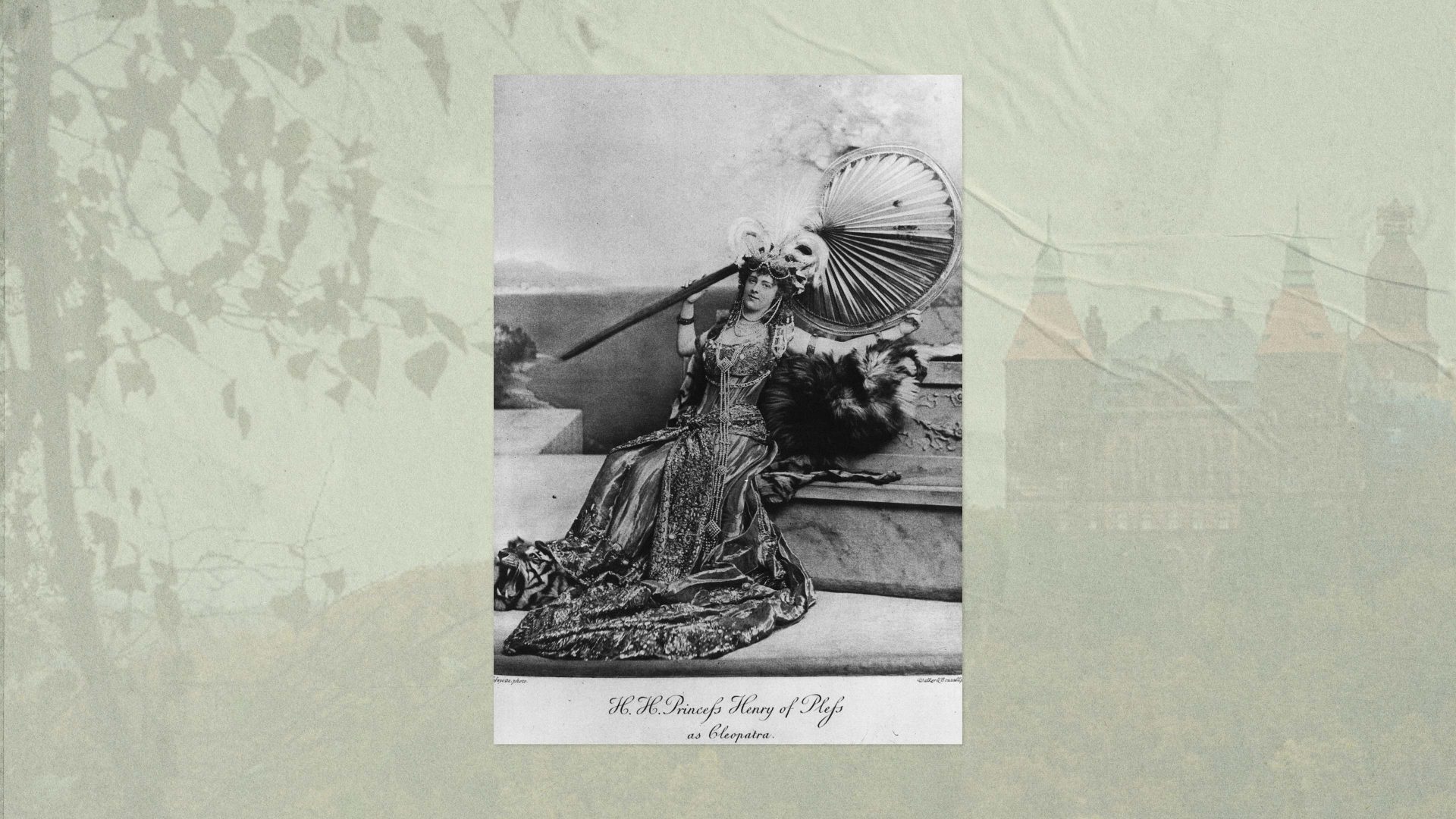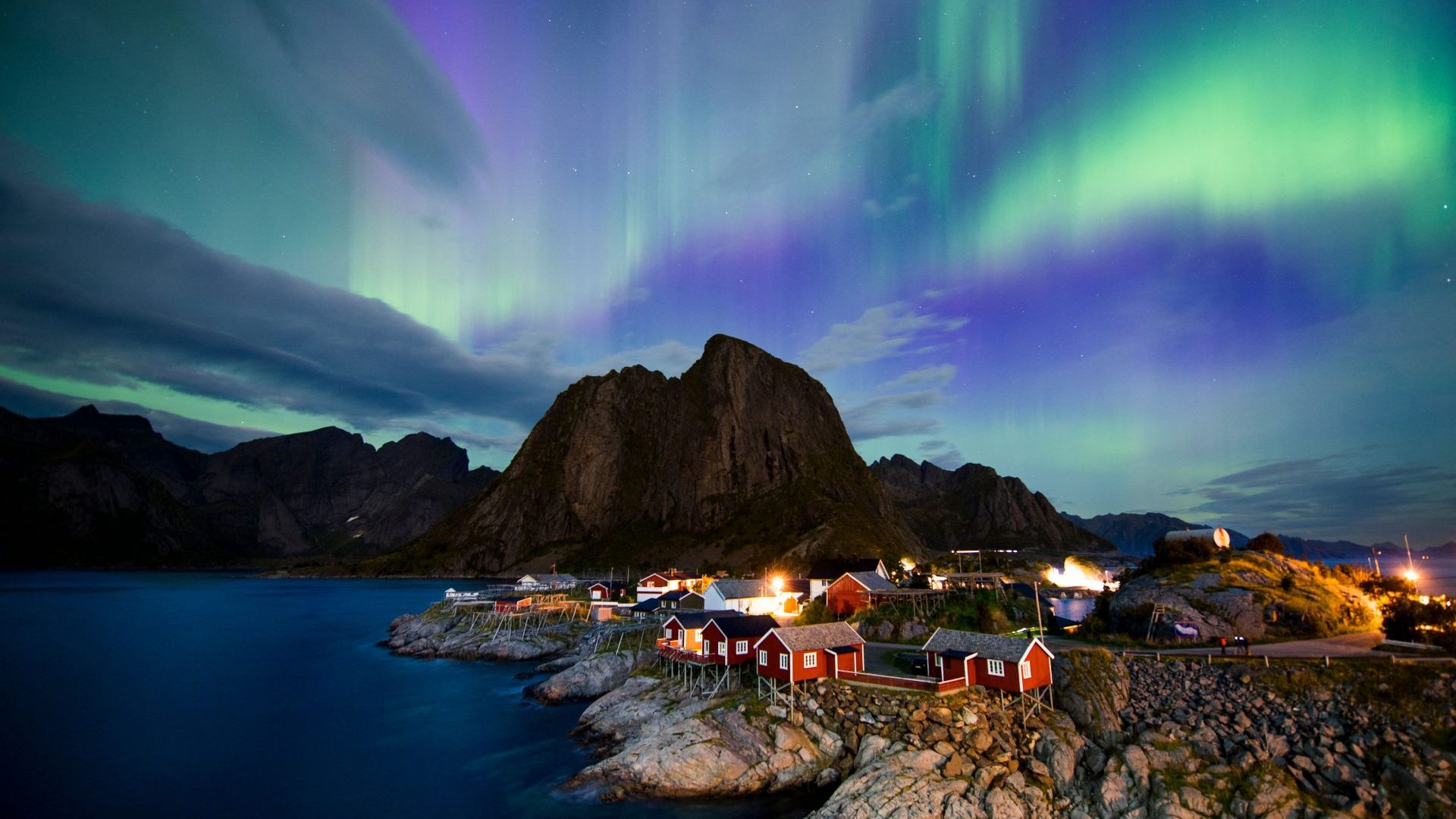Whenever I’m in Wałbrzych, a former mining town in south-west Poland, close to the Czech border, I stay in a Communist-era block of flats that was once a hotel for miners. Out the front, if you’re on a high enough floor, there’s a view of the Sudety mountains covered in spectacular forests. Over the road, there are two beautiful dilapidated villas.
Recently, I decided to explore the villa opposite, but the old gates rattled with padlocks. So I made a detour through the university grounds, and was soon heading up a heavily shaded slope towards the Neo-Renaissance villa dating from the town’s previous incarnation as German Waldenburg. Facing a garden of purple azaleas, two students were sitting on the stone steps leading up to the portico. Did they know anything about the place? The first student shook her head. “I think,” said the second, “a German princess lived here.” She directed me to a monument near the university entrance.
Beneath the striking bust, I read that “Princess Daisy” (not to be confused with the Super Mario or Judith Krantz characters) was born Mary Theresa Olivia Cornwallis-West on 28th June 1873 at Ruthin Castle, north Wales. After a childhood split between there and Newlands, Hampshire, in 1891, she married Hans Heinrich von Hochberg XV, Prince of Pless (now Pszczyna, Poland), heir to one of the richest coal-mining dynasties in Europe. The newlyweds settled at Fürstenstein castle, now Książ.
I make the eight-mile trip to the 13th-century castle that rises gracefully from a thick forest of linden and oak. Having recently recovered some of Daisy’s original furniture, they’re busy restoring her lavish rooms for the public opening in December. Walking the garden she planted, again filled with purple azaleas that are not native to Poland, I sense the homesick princess was recreating the landscape of her youth.
Online, I find the first volume of her memoirs (1931). Despite the opulent lifestyle, Daisy had to adapt quickly to a loveless marriage and the ”unbelievably boring” etiquette of the Prussian aristocracy. Though she saw herself as ”unchangeably English,” Daisy had an Irish mother, and the young princess longed to express her inherited ”Irish-Welsh temperament… mettlesome and difficult to handle.”
Back in town, I’m suddenly in Daisyland. I see her face on bus-stops, t-shirts, chocolate bars. The local theatre is putting on a musical of her life, and the post office is selling limited edition postcards.
A couple of days later, hiking with a local forester through beech, birch and oak, we discover a pea-green lake. The story goes that Daisy once dropped an emerald necklace into the water, turning it dark green. It was perhaps in this tranquil spot that she decided to become a front-line nurse during the First World War, having failed to convince her friends, King Edward VII and Kaiser Wilhelm II, to avert conflict.
Perhaps it was here, too, invoking that Celtic spirit to go against convention, that she vowed to help local mining families. She campaigned for a new water supply for the town. She set up schools for disabled children, created pasteurised milk stations, organised lace-making co-operatives, and sang at fund-raising events.
In recognition of her good deeds, and the 150th anniversary of her birth on June 28th, Wałbrzych council declared 2023 “Rok Daisy” (The year of Daisy). No wonder her image is all over this resurgent town.
Finally I persuade the owner to let me inside the villa on my street. Kicked out of the castle by the Nazis for aiding prisoners at the nearby Gross-Rosen concentration camp, Daisy moved here in 1940, divorced and in ailing health. Now it’s cold and crumbling and needs a buyer. But I picture her on these portico steps, helped by her English maid, as she greeted locals bearing flowers for her 70th birthday. Hidden among the blooming azaleas, a Silesian miners’ band played her favourite melodies from back home. She died the following day.



